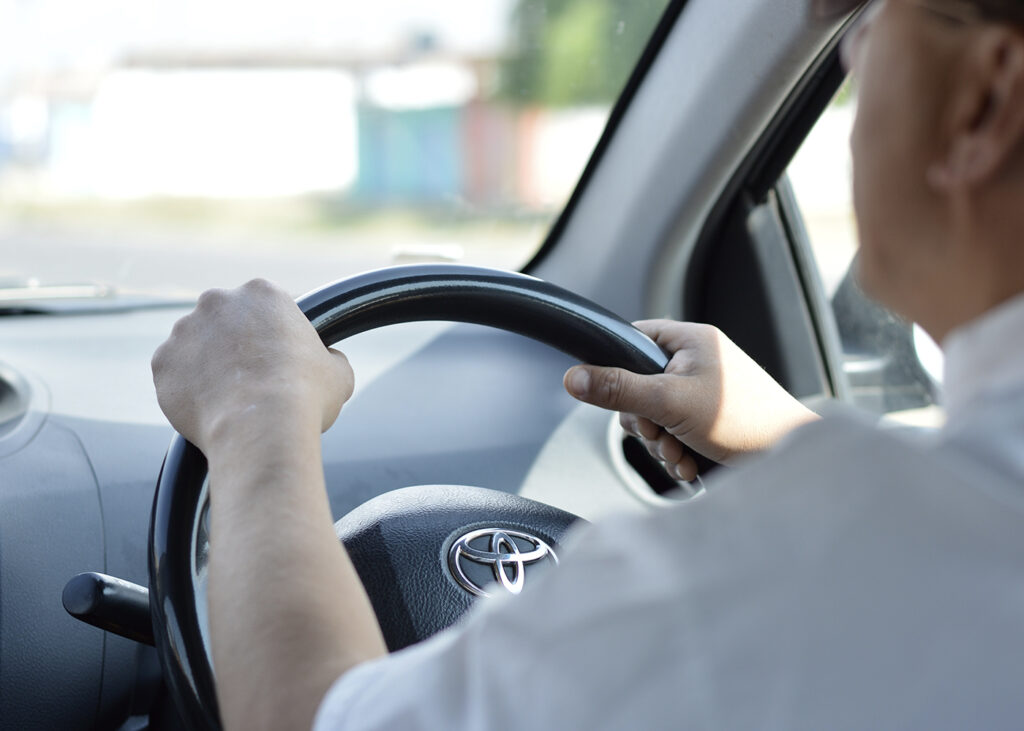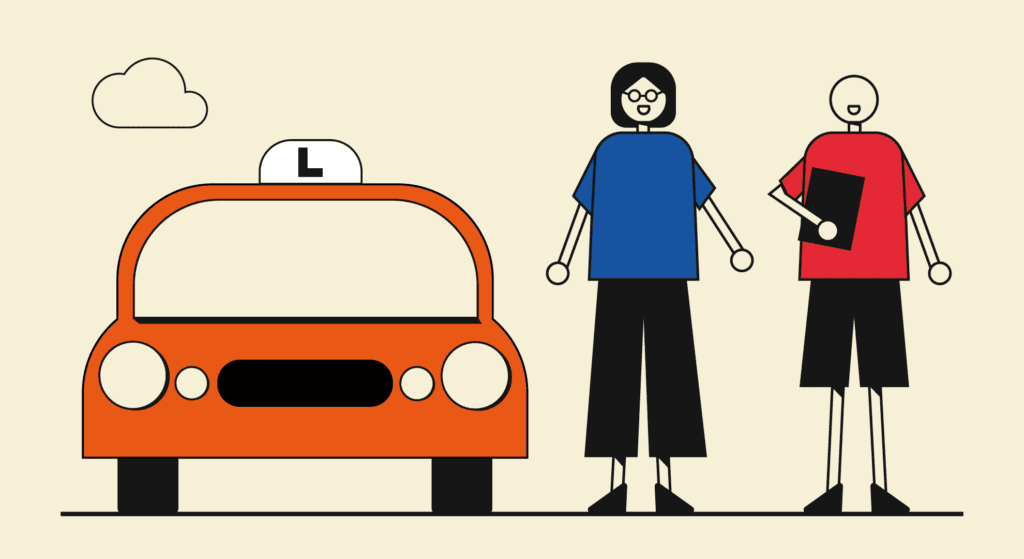Whether you’re over 25, 40 or 50, learning to drive later in life can be quite stressful. Unfortunately, the pass rate for older learner drivers is lower than those who learn at 17, but don’t let that discourage you – read our guide for older learner drivers to help you pass.
Why do people learn to drive later in life?
Many people don’t feel the need to drive at 17, whether that’s because they live in a major city with good transportation, couldn’t afford it, or didn’t have the confidence at the time.
In a lot of cases, older learners tend to learn later if their circumstances change and driving becomes more appealing. For instance, you might decide to drive because you’ve started a job that’s easier to drive to, or you’re considering moving to a more rural area. Or in some cases, you might just realise that you’ve got over your nerves.
Whatever your age, now’s as good a time as any to start learning how to drive. Driving can open up a whole world of experiences to you, from giving you more control while exploring other countries to giving you the freedom to come and go on your own schedule.
What’s the pass rate for older learner drivers?

Compared to an average pass rate of 54.5% for 17-year-olds in 2019, government data shows that 25-year-olds had an average pass rate of 45.1%, 30-year-olds had a pass rate of 43.65%, 40 years olds had a pass rate of 40% and 50-year-olds had an average pass rate of 39%. This also varies depending on gender; men are statistically more likely to pass than women.
Don’t let this deter you though; with time, patience and practice, driving will become second nature.
Advice for learning to drive later in life
Follow our tips below to help ease the learning process.
Don’t get discouraged
It’s easy to get discouraged, especially if many people around you are suggesting you’re “too old” to learn how to drive. The fact is that this is simply not true; hundreds of thousands of people 25 or over learn to drive and pass their driving test without issues.
Of course, you’re likely to have more time commitments, which might make it more difficult to schedule regular lessons. However, you’re also more likely to have disposable income you can use to buy a car and practice driving with a supervisor when you can squeeze in a short lesson.
Embrace your natural cautiousness
Compared to young drivers, you might find that you’re more cautious on the road and you check your blind spots and mirrors frequently. This is likely to actually make you a safer driver on the road; many news sites suggest that young drivers are overconfident, yet more likely to get into an accident.
In addition to this, most of the common driving test mistakes relate to not making enough observations or checking mirrors enough when at a junction, changing direction, or changing speed. So you should have confidence that being more cautious than 17-year-old learner drivers could in fact make you a better driver.
Consider an intensive course

Your lives are usually busier than the average 17-year-old, so you might find it difficult to find time in your schedule to fit in regular lessons. This will usually draw out the learning process.
If there’s a particular reason you want to drive, chances are you have a deadline or end goal in mind. In some cases, taking an intensive course over a week or two can help speed up the process. This is also one of our tricks for beating long driving lesson wait times. With an intensive course, everything is booked for you, including your theory and driving test.
Most intensive courses offer blocks of lessons each day for one or two weeks before you take the test. While this is more stressful for some, it can help equip you with the skills you need to pass your test quickly, especially if you’ve got an end goal in mind.
Stretch and limber up before a lesson
People don’t really talk about the joint pain that driving can cause, but you might find that as an older driver you’re more susceptive to muscle and joint pain when learning to drive – especially if you’re in the car for extended periods.
If you’re susceptive to back, neck or joint pain, make sure your driving instructor is aware of this from the beginning so you can schedule breaks in as and when necessary.
A great way to reduce discomfort is to stretch before your lesson and take a lumbar support or extra cushion if these are needed. Make sure you follow the cockpit procedure to ensure your seat is positioned correctly as this will help reduce discomfort and strain on your joints. Physiomed has produced a great sitting guide for driving.
Consider practising with family and friends

Research suggests that older drivers need more time on the road than younger drivers before they pass. The majority of this should be with a driving instructor, but it could partially be with a trusted supervisor.
Note that your supervisor will need to have been driving for at least three years in the type of car you’re learning to drive (i.e. manual or automatic). It’s also worth noting that your supervisor won’t have dual controls, so you should only go over things that you’ve already learned with your instructor.
Make sure you’ve got the right mature learner driver insurance too – at Adrian Flux, we provide flexible cover from just 65p a day. You can take out an annual or short term policy depending on what suits you. You’ll even start building a no claims bonus (NCB), which will translate to cheaper premiums when you pass. Just give us a call on 0800 369 8590 for a quote.
Consider learning in an automatic if you want to pass fast
The number of people learning to drive in an automatic has risen considerably over the last decade, which is probably no surprise as learning to drive in an automatic is supposed to be easier than in a manual car (although the pass rate for automatics is lower so we’d take this with a pinch of salt).
The sheer number of modern automatics nowadays is also a big plus. According to our research, lessons in an automatic are more expensive though, as is insurance and the cost of the car itself, so your choice ultimately depends on your needs.
If a contributing factor of learning to drive is driving in other countries, your safest bet is to stick with a manual car. In many countries, this is the main option at car rental places, so it’s generally easier and cheaper to rent a manual car, especially in some parts of Europe.
Best of luck on the road, and remember – you’ve got a 1 in 3 chance of passing your test the first time, which are still very good odds!
Get learner driver insurance
If you want to practise with family or friends, make sure you take out learner driver insurance – we offer this from just 65p per day! Call us on 0800 369 8590 or book a callback for a fast, affordable quote.

